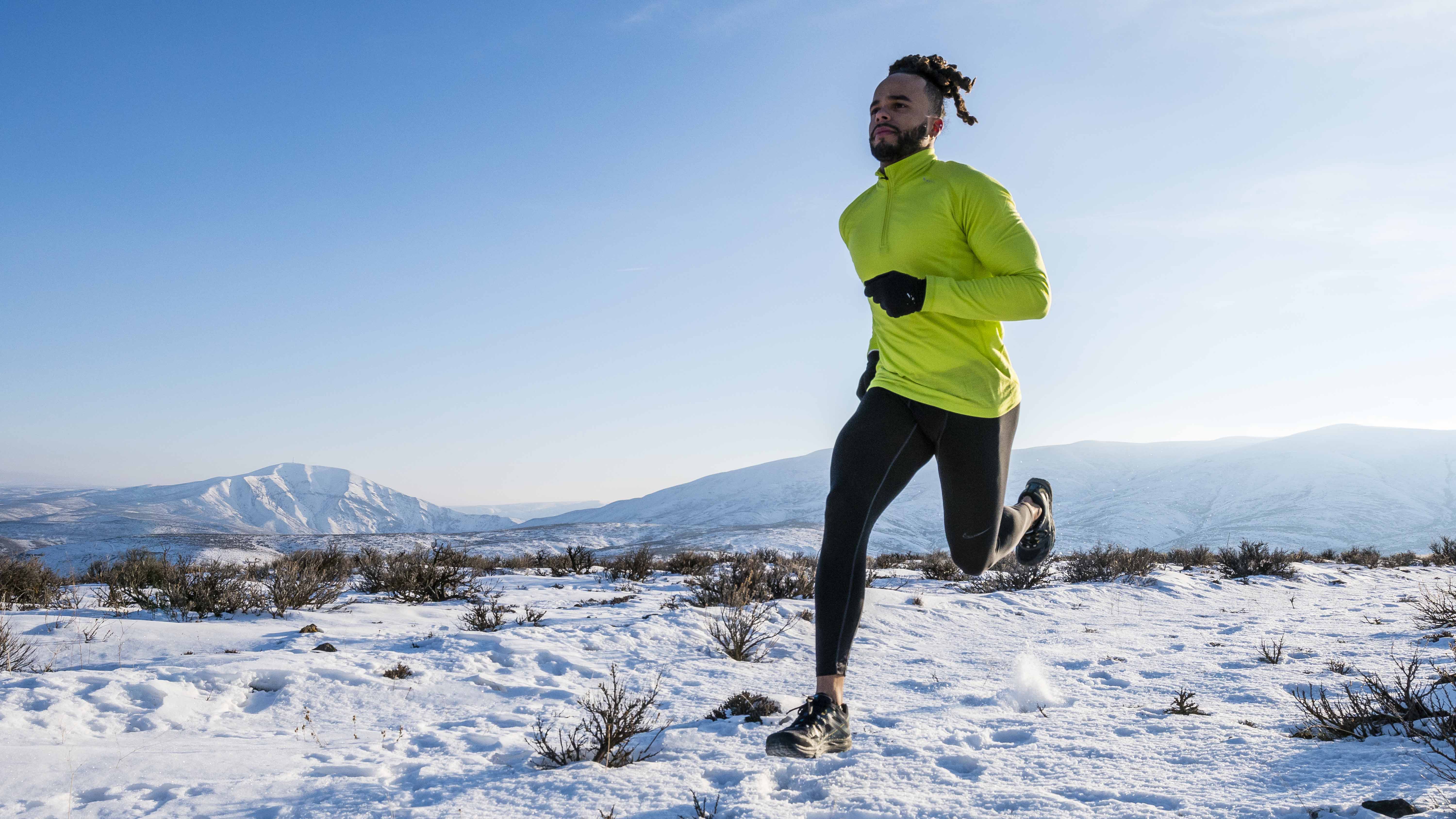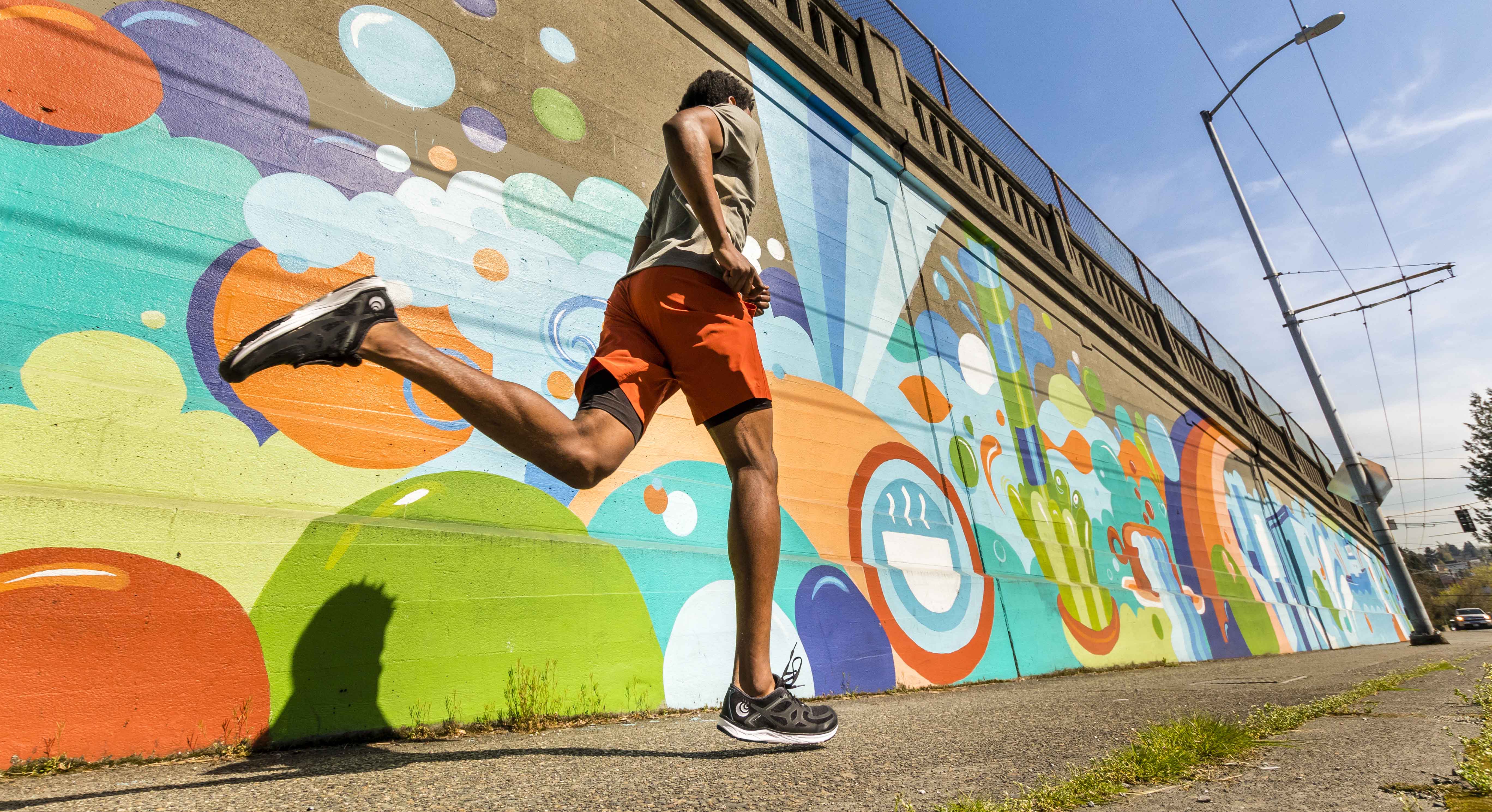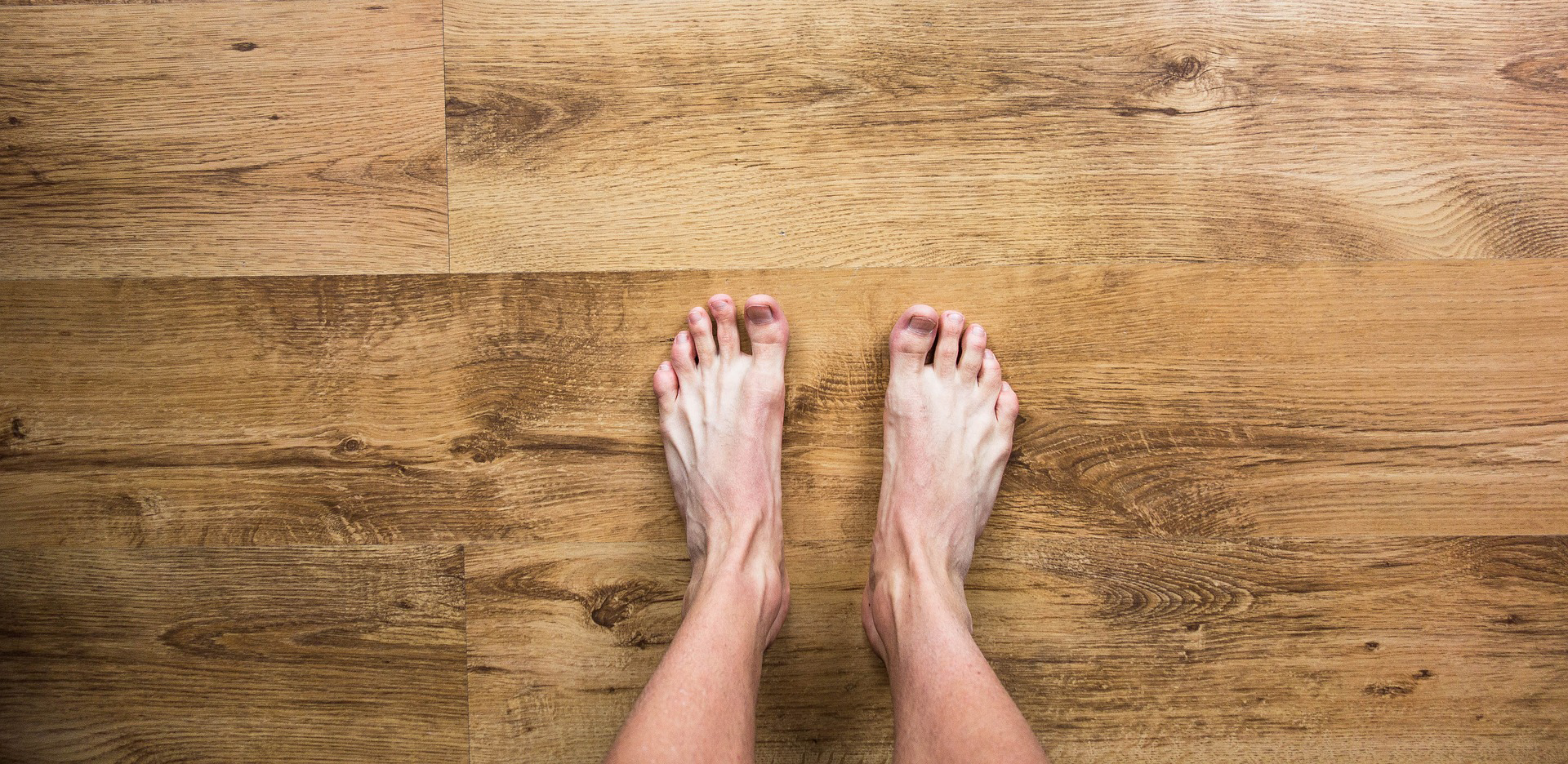A fresh breeze is in the air and runners are out on the roads and trails, dreaming of great performances in spring road races. Often, however, we emerge from our caves and find ourselves unusually sluggish. Our running feels difficult, our strides awkward and gunked up. To shake off these cobwebs, it may be helpful to identify and eliminate some poor habits that have crept in during the winter cold.

1. Inconsistency
Winter is a time of rest and renewal for all, including runners. It’s hard to get out regularly when the temps are below freezing and the sidewalks icy or snow-packed. While an “off-season” is important for our running and rest days are essential, often our training becomes erratic, with too many days off punctuated by random hard days to try to make up for it.
The only way to build and maintain aerobic fitness is through consistent work—getting in some miles nearly every day, week after week, so that your body adapts and considers it normal. As you come off a season of inconsistency, be careful, however, to rebuild your volume gradually, starting from your average mileage during the past 4 to 6 weeks. Recent research has shown that injuries tend not to occur because of high volume but due to rapid changes in training load. Start getting out regularly again, adding up easy miles day after day, and soon you’ll be cruising comfortably at your usual volume and pace again.
2. Excess Sitting

Physical therapists report that the majority of today’s runners—up to 80 to 90 percent of them—have overly-tight hip flexors. These muscles that connect our hip to the front of our thigh get shortened and tightened by sitting for most of our waking lives, keeping our thighs perpetually flexed in front of our bodies, even when standing and running. But an effective running stride includes hip extension, moving the thigh behind the body, using our powerful, fatigue-resistant glute muscles to drive us forward. Restoring this stride requires more than cueing new patterns, we need to loosen and lengthen the muscles in the front of our hips and strengthen those in the back.
During the winter months, we hurry inside as the sun sets in the afternoon and spend even more time sitting on our couches or in front of the computer rather than playing in the yard with our kids, working in the garden or taking a walk. So our hip flexors get even tighter, and our glutes get weaker. Take some extra time to stretch your hips flexors during the day and do some dynamic drills and leg swings before and after your run to start restoring your natural mobility and stride. And, as often as you can, get off the sofa, out of the chair—better yet, get out of the house!
3. Excess Driving
How long has it been since you walked to the post office, the corner store or the lunch restaurant rather than driving there? Driving robs you of the chance for more movement during your day and adds to your sitting time. Plus, driving’s necessary arms-forward posture continues the trend—exacerbated by your computer and phone—of turning your shoulders forward and inward. This makes it harder to get your shoulders back, balanced and in a position to allow a natural, backwards-driving arm swing.
Throw on a jacket and go for a walk during your next break. Leave the car in the garage and walk to brunch this Sunday. While you’re walking, focus on being balanced over your hips and feet, drive back with each step and feel your glute push you forward. Lift your chest, lift your head and walk tall.
4. Never Going Fast

Just getting out for a run is enough of a victory during most winter days that we tend not to worry about pace. Plus, there’s always the danger of slipping and of pulling cold, tight muscles, so we play it safe. And cranking up the treadmill to race pace is a scary proposition.
But running the same pace day after day is a recipe for staleness and injury. Top athletes hit their top speed nearly daily, and you should too. Max speed accelerations improve your range of motion and recruit every nerve and muscle—waking them up, strengthening them and helping your body wire a more powerful, more effective and more economical stride.
Adding strides to your runs is simple: sometime toward the end of your run, or at least after you’ve warmed up well, increase your stride rate, push off harder and try to hit your top speed while staying smooth and comfortable, then quickly back off. You shouldn’t push for more than 10–12 seconds, short enough that you don’t start breathing any harder until you’ve already shut it down. Recover completely with an easy jog or walk until you feel ready to sprint again. Start with a couple of strides and work up to doing 8 to 10 several times per week.
5. Not Getting Bare

No one wants to get bare in winter. If ever there was an argument for shoes it is Maine or Minnesota in January. But while shoes are necessary for warmth and protection much of the time (we’re not turning back the clock to 2010 or BC 2010), they can weaken your feet and alter your stride. When encased by a shoe, particularly one with significant support and cushioning, the muscles in your feet that create shock-absorbing arches become unnecessary and atrophy, plus their fast-responding reactions get blunted, requiring more muscle activation farther up the leg.
Sports podiatrists recommend regularly getting bare as you walk around the house, when doing balance exercises and form drills, and during limited amounts of running. Doing your strides (point 4) barefoot on the grass of a ball field or park gives your body the chance to feel fast and bare at the same time, and develops strengths patterns that will carry over to all your running. Start gently and carefully—just one or two times down the field. You may feel sore at first, but give your feet and stride time to develop, stay consistent, and quickly you’ll find a new spring in your step.
__________________________
The Whole Athlete is a monthly running series written by Jonathan Beverly and brought to you by Topo Athletic. We aim to deliver advice that serves the whole athlete, from training and recovery to nutrition and psychology.
 Jonathan Beverly is author of Your Best Stride and Run Strong, Stay Hungry. A lifetime runner, his passion is to help others experience the joy of training, competing and being fit and fully alive.
Jonathan Beverly is author of Your Best Stride and Run Strong, Stay Hungry. A lifetime runner, his passion is to help others experience the joy of training, competing and being fit and fully alive.
He served as editor of Running Times from 2000-2015 and has coached runners of all ages and disciplines.